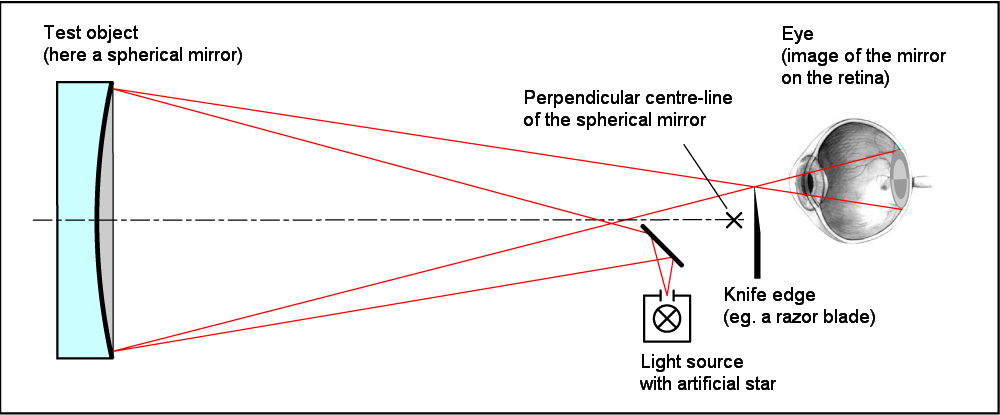I can, along with a few other folk.
Well of course you can, you're a Fantasist on another planet.
I can, along with a few other folk.
I apologise, in that massive image I wasn't sure of what you were looking at! and astigmatism to some, manifests as a 'lens flare' effect.Astigmatism's different, I'll let you look it up if interested, there's tangential and sagittal
And another question I don't know the answer to - as this image is such a deep field, apart from light that has been lensed, would there be much light from behind the focus plane?Anastigmatism is determined on the focus plane, points of of light in front can have say a radial blur and behind, a tangential one.

I apologise, in that massive image I wasn't sure of what you were looking at! and astigmatism to some, manifests as a 'lens flare' effect.
I'm afraid, I'm still not exactly sure of what you are seeing (astrophotography isn't my forte!), but there is a heck of a lot of gravitational lensing in that image!
And another question I don't know the answer to - as this image is such a deep field, apart from light that has been lensed, would there be much light from behind the focus plane?
| Focal length | 131.4 m (431 ft) |
|---|---|
| Focal ratio | f/20.2 |
I probably relates to the instrument used, imaging rather than pure spectrographic modes. Astro telescopes are optically correct for images at infinity to some accuracy so depth of field is a bit of a misnomer. It may need to a touch of focus changing from say a solar object to a star but galaxial distances are so enormous that the error from true infinity which is a mathematical concept that sets the shape are so small that it doesn't matter, I'd guess that each of the separate mirrors that make up the large one are independently adjustable so that they can be light weight. Ground based mirrors need to be massive or have similar adjustments of some sort to account for gravity effects. A 250mm mirror i made would need to be 50mm thick to retain it's shape to ~1/10 wave of light orientated at various angles.Deep field appears

I would point out that we can actually resolve images of galaxies that are 32 billion light years away and we can detect light that is 41 billion years away and all this when we live in a universe that is only 13.8 billion years old. The reason is fairly straight forward, space/time is not a flat thing, its a lumpy soup punched through by gravity. We can view directly the universe as it was 13.1 billion years ago. The whole of the universe upto 13.1 billion years ago is visible. Space/time has not expanded at a constant rate, it expands and contracts, the visibility today of an object on the far side of the universe is dependant of the path the energy has taken to get here, through a dense area of space time will slow and the light will bunch up according to our viewpoint, space/time stretched out wow it appears that light arrives faster, but as einstein pointed out that's all relative to the position of the observer.Some/many/most stars are moving away from us faster than c, so their light doesn't reach us. And there isn't an infinite number of stars inside the cone we can see. Also too as well, distant stars are too dim to see - intensity α 1/d² .

 en.wikipedia.org
en.wikipedia.org
It's safer to say that a number of factors do not stack up as expected and no one knows why. The early signs caused the terms dark matter and energy to appear to try and make them stack up on the basis that they must be there. It's a general aspect of astrophysics. Things are assumed from what we can actually measure. Red shift is determined by emission spectra as explained hereThe reason is fairly straight forward,
It's not as simple as that due to red shift. Extend that far enough and we have no way of detecting it. Anyway distance is detected by movements of absorption lines as the BBC article explains. The max wave length is set by the stuff that is examining it. The other aspect of IR is that it passes through "stuff" without being messed up as much as visible light.So it kind of makes the number of stars seem infinite, even though it clearly isn't

They figured it to the accuracy they wanted according to the gizmo used - the problem was an error in producing the gizmo. An incorrectly sized or installed spacer. My recollection is that sizing was the problem. Confusion when the design was moved to actual manufacture. They corrected Hubble eventually by adding something similar to a schmidt camera corrector plate but designed for that specific job.they checked it against the thing they made it with - oops.
That's similar to a problem with diy-ground mirrors, they can be smooth to some fraction of λ but "miles" out of sphericity

Can someone Google for me whether the John Webb telescope can measure the speed of gravity.
Ta.

It would be better if you googled for yourself and asked when you find something you don't understand.Can someone Google for me whether the John Webb telescope can measure the speed of gravity.
Ta.
